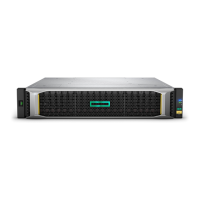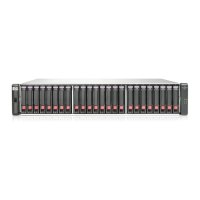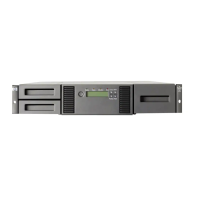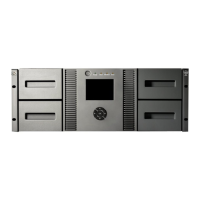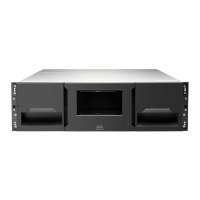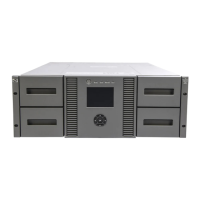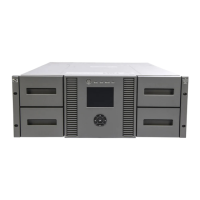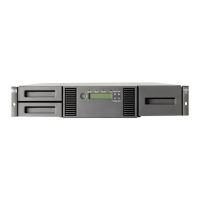Table 11 RAID-6 reconstruction scenarios
Action RequiredSymptom
To start reconstruction manually, replace each failed disk, and then do
one of the following:
No compatible spares are available,
reconstruction does not start
automatically
• Add each new disk as either a dedicated spare or a global spare.
Remember that a different critical Vdisk or disk group might take the
global spare than the one you intended. When a global spare replaces
a disk in a Vdisk or disk group, the global spare’s icon in the enclosure
view changes to match the other disks in that Vdisk or disk group.
• Enable the Dynamic Spare Capability option to use the new disks
without designating them as spares.
The system uses the spare to reconstruct the Vdisk or disk group. If a
second disk fails during reconstruction, reconstruction continues until it is
One disk fails and a compatible spare is
available
complete, regardless of whether a second spare is available. If the spare
fails during reconstruction, reconstruction stops.
The system waits five minutes for a second spare to become available.
After five minutes, the system uses the spare to reconstruct one disk in
Two disks fail and only one compatible
spare is available
the Vdisk or disk group (referred to as fail 2, fix 1 mode). If the spare fails
during reconstruction, reconstruction stops.
The system uses both spares to reconstruct the Vdisk or disk group. If
one of the spares fails during reconstruction, reconstruction proceeds in
Two disks fail and two compatible spares
are available
fail 2, fix 1 mode. If the second spare fails during reconstruction,
reconstruction stops.
Table 12 LEDs - Disk drive LEDs
CauseSymptom
A disk fails.Fault/UID LED illuminates amber
A spare is used as a reconstruction target.Online/Activity LED illuminates green
NOTE: Depending on the Vdisk or disk group RAID level and size, disk speed, utility priority,
and other processes running on the storage system, reconstruction can take hours or days to
complete. You can stop reconstruction only by deleting the Vdisk or disk group.
Vdisk or disk group Member Unavailable
Action RequiredSymptomRAID Level
A single drive failure causes the Vdisk or disk group to
go OFFL and Trust cannot recover the data. Data is
restored from the backup.
Vdisk or disk group status is
OFFL (Offline).
NRAID
Vdisk or disk group status is
OFFL (Offline).
RAID 0
If a spare is already available (global or dedicated to the
Vdisk or disk group), it is used for the Vdisk or disk group
Vdisk or disk group status is CRIT
(Critical).
RAID 1
RAID 5
in CRIT or FTDN state and reconstruct begins. Replace
the failed disk drive if necessary. If a spare is not available,
RAID 10
consider the option to replace the failed disk drive or clear
meta-data on LEFTOVR drive and add it as a spare.
RAID 50
Vdisk or disk group status is
FTDN (Degraded).
RAID 6
18 Troubleshooting HPE MSA 1040/2040 Storage
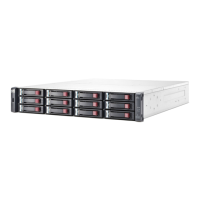
